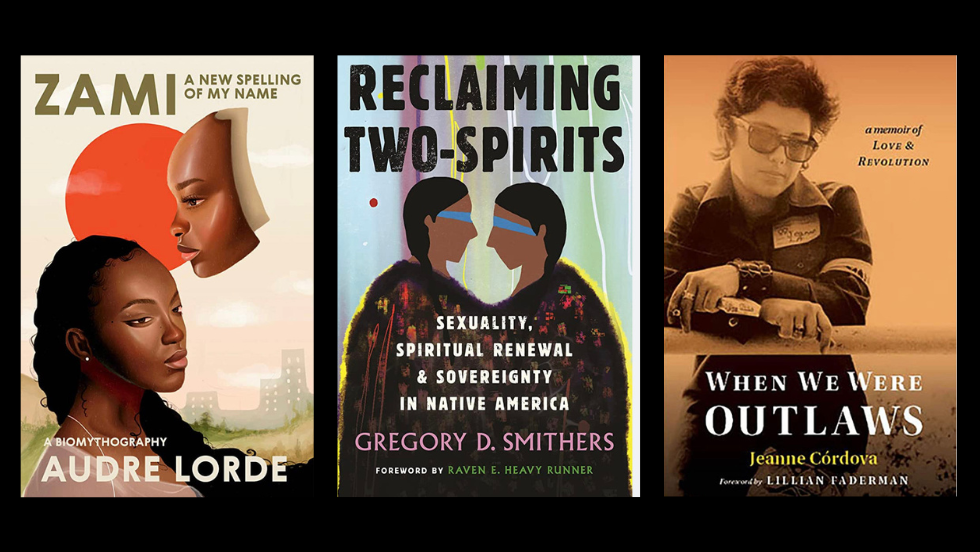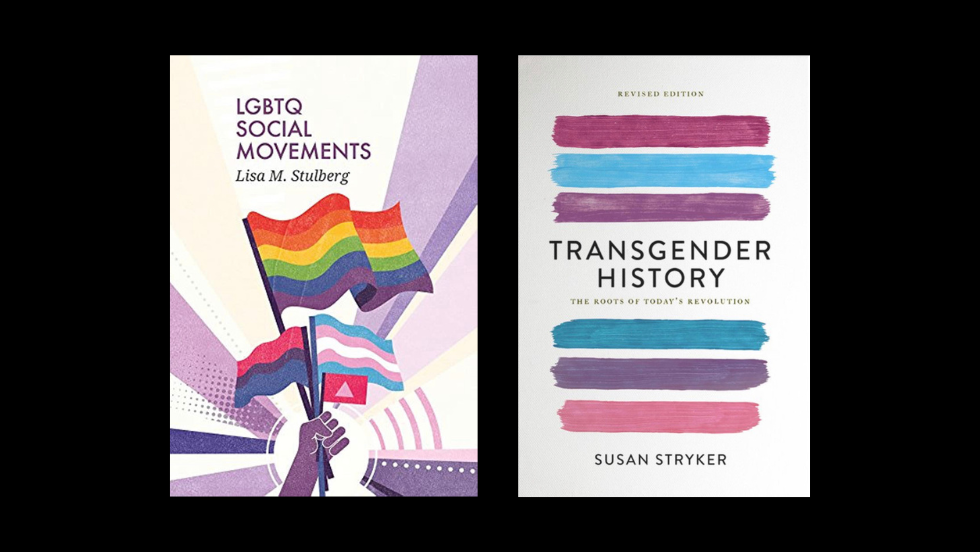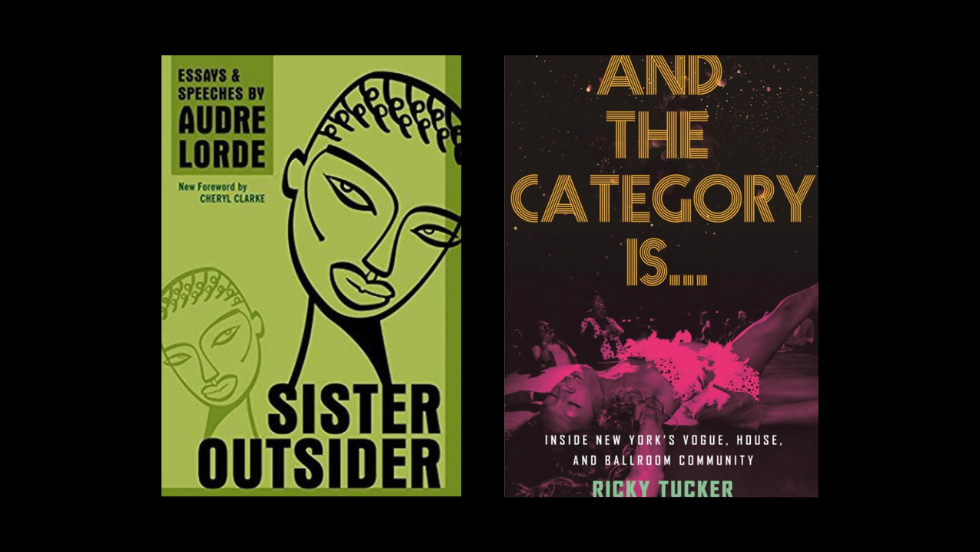In EDUC 0515: "Teaching LGBTQIA History," John Palella asks Brown undergraduates to engage with the theories and practices of teaching LGBTQIA history in secondary social studies and humanities classrooms. Students are trained in curriculum design, culturally relevant pedagogies, and LGBTQIA history. As a final project, they create unit plans on a topic in LGBTQIA history. John tells us more about the course in this interview below.
Your course examines what a high school U.S. history class look, sound, and feel like when taught through the experiences of LGBTQIA people and communities. Why is this an important exercise?
As state legislatures and Republican leaders try to erase LGBTQIA history from K-12 classrooms and levels of anti-Trans bullying have reached an all-time high, teacher education programs need to support LGBTQIA stakeholders. Brown University, by offering this class, shows solidarity with LGBTQIA students, teachers, and families on multiple levels. We unite in defiance against homophobic law-makers; we provide LGBTQIA(A) (the second “A” is for Allies) teachers the strategies to navigate the hate and continue to teach Queer histories; we demonstrate to LGBTQIA students and families that their lives are important and that their histories need to be told. LGBTQIA people, at any age, deserve to see themselves and their stories in school curricula. History shows us that every group of liberated people has fought to have their history told in public schools through their own counter-narratives. This idea serves as the cornerstone of my course. I use history to engage in consciousness-raising, joy-building, and Pride-sustaining for all LGBTQIA stakeholders. This class centers Queer joy, resistance, and resilience through LGBTQIA history and pedagogy rooted in intersectional justice.
What guidance would you offer a teacher who is interested in making a positive impact on LGBTQIA students in the classroom?
I facilitate a four-step process where teachers…
1. Create a physical environment so that students feel safe and supported enough to share that they are part of an LGBTQIA community. We can proactively use inclusive language: students’ chosen pronouns, replace “boys and girls” or “ladies and gentlemen” with “folx” or “friends,” and reduce heteronormativity from teaching materials. From day one, teachers should cultivate an appreciation of everyone’s identities as part of the class norms/constitution.
2. Engender class discussions of students’ intersectional identities through curricular resources. Students should study questions of race, gender, class, or ability regularly enough so that when sexual identity appears, it isn’t an enigma. Use those resources to model how to investigate histories of sexuality and gender identity with the same rigor that one would employ for any unit plan or historical study.
3. Through community building, assessments, and projects, equip and empower students to tell their own stories. A lot of teachers discuss how they don't feel comfortable teaching LGBTQIA history because they aren't LGBTQIA. I respond with “let your students teach each other about LGBTQIA history.” Root the lessons in LGBTQIA voices just like we do for all other groups in U.S. history classrooms.
4. Show students that every member of the classroom is there to learn from each other not about one another as a stereotype or representative of a certain group. Every LGBTQIA student in that classroom will have a different story or experience. The non-LGBTQIA students will have their own intersectional experiences as well. We educators can find common ground for our students in both their similarities and their differences.
Is there anything you were surprised to learn yourself in the process of developing and teaching this course?
My students at Brown consistently surprise me in really beautiful ways. I think that other folx might be shocked at how many of the students were not taught LGBTQIA history in their secondary learning at all! While it disheartens me, it is no longer astonishing to me. The students, however, amazed me because so many of them had taught themselves important moments in LGBTQIA history. Many of my students had mined the internet for movies, books, music, pop culture, and any text that empowered them to tell their own stories. I actually got choked up in class a few times because of their resilience and resourcefulness as high school students. They are much braver than I was at that age. Moreover, I surprisingly learned how many students feel that LGBTQIA issues are still not prioritized enough on college campuses. Students at Brown, for example, are hungry for classes that increase Queer representation and history in any capacity. Many admit that when they see the letters L-G-B-T-Q in a course title, they immediately register or shop the class. I really loved having folx from STEM, the humanities, and all of the possible divisions at Brown. I am grateful that the Education Department has afforded me the opportunity to address this issue through my course.
Anything else you would like to share with those interested in taking “Teaching LGBTQIA History” or those who want to teach LGBTQIA history in their own classrooms?
Teaching LGBTQIA history, like teaching the histories of any liberated people, is hard work. Those of us who do it well constantly reflect on our own language, content, and reading choices. From semester to semester, I may create all new reading lists to better reflect the identities of my students and meet their interests. That’s the fun of it though! The opportunities to focus on joy, resilience, and resistance will energize you, your classroom, and your students. From drag queens starting the first “Friendsgiving”/Thanksgiving parade in Prohibition-Era-NYC to examining the jukebox playlist at Stonewall the night of the Uprisings, LGBTQIA history engages your students in what I call the “sights, sounds, smells, and tastes of history.” Including LGBTQIA history in your classroom is just good teaching. You will love yourself for doing it and your Queer students will love you for it.
I have attached below a beautiful project on the history of ballroom that one of my students designed for inclusion in a high school history class. Also, as we are in Pride Month, I have included 10 of my favorite books that inspired this course. Please note, these are just those on U.S. history since we aligned this course with a local U.S. history classroom. I would love to talk further about global and transnational approaches to LGBTQIA history with anyone who is interested. You can reach me at John_Palella@brown.edu.
Sample lesson plan:
“Creating Community: A History of Ballroom”
Books in the gallery below:
- George Chauncey, "Gay New York: Gender, Urban Culture, and the Making of the Gay Male World, 1890-1940"
- Julio Capó, Jr., "Welcome to Fairyland: Queer Miami before 1940"
- Malinda Lo, "Last Night at the Telegraph Club"
- Audre Lorde, "Zami: A New Spelling of My Name"
- Gregory D. Smithers, "Reclaiming Two-Spirits: Sexuality, Spiritual Renewal & Sovereignty in Native America"
- Jeanne Cordova, "When We Were Outlaws"
- Lisa M. Stulberg, "LGBTQ Social Movements"
- Susan Stryker, "Transgender History"
- Audre Lorde, "Sister Outsider: Essays and Speeches"
- Ricky Tucker, "And the Category Is…: Inside New York’s Vogue, House, and Ballroom Community"



